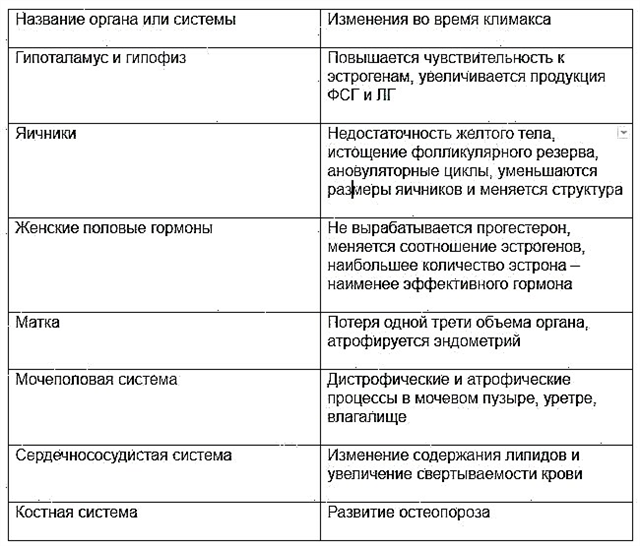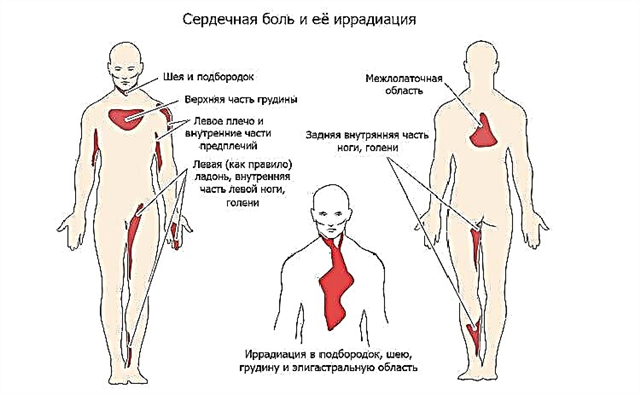Otoscope is a device designed for visual inspection of the external auditory canal, ear membrane or middle ear cavity when perforations appear in the membrane. For the diagnostic procedure, a head reflector, an artificial light source, ear funnels and magnifying glasses are used. During surgery, otolaryngologists additionally use surgical microscopes (otomicroscopes), which allow tympanopuncture surgery to be performed without damaging soft tissues.
Ear otoscopy is a universal examination method that allows you to carry out many medical procedures that help eliminate pathological processes in the organ of hearing. During the procedure, specialists assess the condition of the outer ear and eardrum, perform sanitizing operations and procedures to remove granulations or polyps.
Otoscope device

Modern otoscopes are high-resolution optical devices that are equipped with an illuminator, magnifying lens and funnel. Unlike diagnostic otoscopes, operating otoscopes are equipped with more powerful optics and additional devices that allow the use of various ENT instruments for performing surgical procedures.
The lighting system is of no small importance in the design of a medical device. To a large extent, the accuracy of the diagnosis depends on the power of the light sources used, as well as the ease of use of the otoscope. Modern devices are equipped with halogen or xenon lamps, which is due to minimal distortion of the natural color of the examined tissues. The very best otoscopes use fiber optic lamps that emit bright and evenly diffused light.
Indications for otoscopy
Otoscopic methods for examining the ear are used for preventive examinations, diagnostics of ear diseases and performing physiotherapy procedures. Direct indications for undergoing otoscopy are:
- otorrhea;
- hearing impairment;
- trauma to the outer ear;
- ear bleeding;
- the development of infectious inflammation;
- eczema in the ear canal;
- damage to the ear membrane;

- subjective sensation of itching and pain;
- narrowing of the lumen in the external auditory canal;
- a sensation of fluid overflow in the ear;
- ingress of foreign objects into the ear canal.
Modern otoscopes can be used for professional external ear hygiene. The sealed devices can be disinfected without problems during hygienic processing, which reduces the risk of pathogens entering the ear canal.
Types of otoscopes
There are several types of modern otoscopes, differing from each other in the quality of the optics used, the power of artificial light sources and additional options. They are conventionally divided into two types:
- straight lines - devices in which the light source is located on the head of the otoscope, due to which the light beam enters the ear canal;
- fiber optic - devices in which fiber optic lamps are located in the handle of the otoscope, which helps to increase the field of view when examining the outer ear through the funnel.
During the execution of instrumental operations, it is more expedient to use fiber-optic devices, which is due to the presence of a more advanced lighting system.
Some of the most sought-after and practical otoscopes include:
- diagnostic - used exclusively for visual examination of the outer ear. Technically, the simplest devices with which you can diagnose Eustachitis, sluggish or acute otitis media;
- operating rooms - multifunctional devices with open optics, to which you can connect the necessary ENT instruments to perform invasive operations. Modern models of operating otoscopes are equipped with video cameras, thanks to which a specialist can display a multiply enlarged image of the external auditory canal on the monitor screen;
- portable - "pocket" devices with an autonomous power source (rechargeable battery, Li-Ion batteries), used by specialists when examining patients at home;
- pneumatic - sealed devices equipped with video cameras, which are connected to stationary computers during the rehabilitation of the tympanic cavity and carrying out simple operations.
When choosing a suitable device for examining the ear, the otolaryngologist should pay attention to the magnification of the magnifying lenses, the presence of a rheostat for adjusting the lighting power, the type of light sources used, and the type of power supply. It is these components that determine the quality of the otoscope and, accordingly, the accuracy of the diagnosis.

Otoscopy technique
Otoscopy is one of the visual methods of examining the outer ear, thanks to which it is possible to diagnose the presence of perforated holes in the membrane, tissue hyperemia, edema, trauma, eczematous rashes, etc. With the help of diagnostic devices, the primary examination of the patient is carried out, as well as simple medical manipulations with the use of an insufflator.
During examination, the funnel of the otoscope should be inserted exclusively into the membranous cartilaginous section of the ear otter. This prevents the occurrence of mechanical damage in the skin.
Operating otoscopes are additionally equipped with instrumental channels that allow the device to be combined with an endoscopic instrument. Thus, specialists manage to carry out paracentesis and tympanopuncture without injuring healthy tissues. Modern liquid crystal optics provide good visibility of the operated areas, which reduces the risk of postoperative complications.
Procedure progress
Before conducting an otoscopic examination, the specialist cleans the ear canal from earwax, keratinized epithelial cells, purulent discharge, dirt, etc. During the toilet of the outer ear, the otolaryngologist must make sure that there are no boils in the membranous-cartilaginous part of the ear canal. After that, to examine the outer ear cavity, the doctor does the following:
- inserts the funnel of the medical device into the ear canal by 1.5 cm;
- examines the ear membrane for integrity and the presence of hyperemia;
- if necessary, visualizes a multi-fold enlarged image of the ear on the monitor;
- electronic data is saved for subsequent analysis and comparative performance.
An informative otolaryngological procedure gives an idea of whether there are deformities and redness in the ear membrane, signaling the development of an infection or a barotrauma. If purulent or serous discharge is present in the auditory canal, this often indicates the development of acute catarrhal or purulent otitis media.




